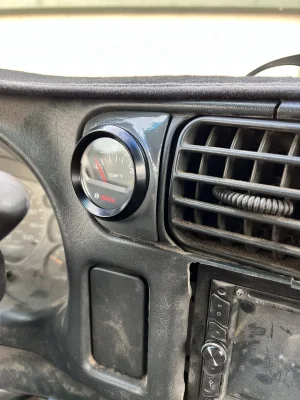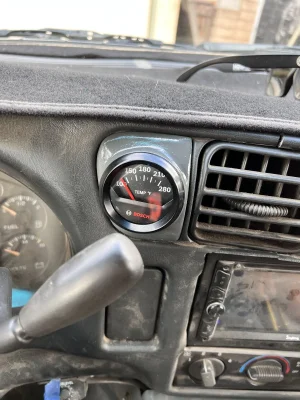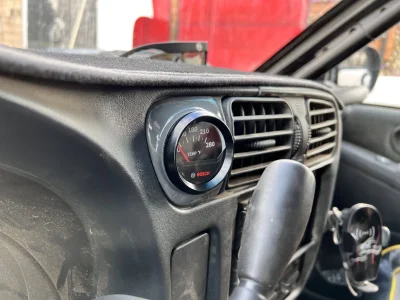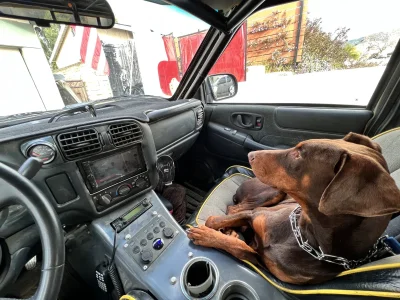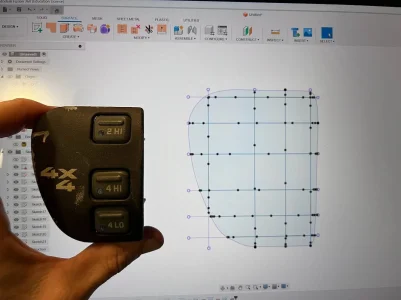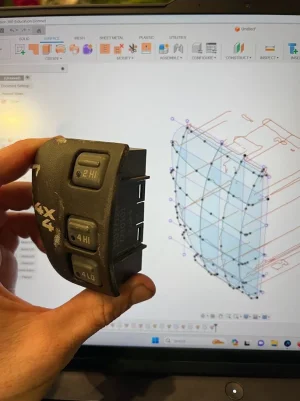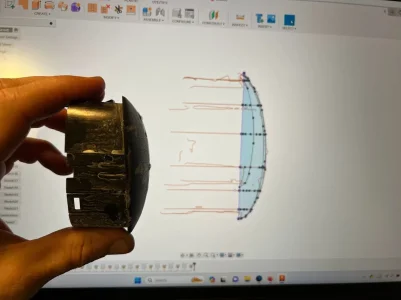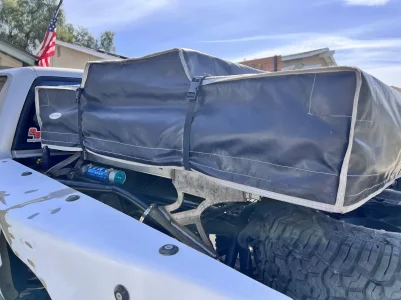the bodj
Well-known member
Thrashed on the truck after church today. Got the trans output seal replaced, tapped two bolt holes on the output from m10 to 7/16 since the old threads were nonexistent. Replaced the seal from the adapter to transfer case since I had it and the xcase was already off the truck. Got the transfer case back on, drive shaft installed, and added ATF. Topped off coolant as well. Then modified the new headlight housings to fit the new core support, new bulbs, connected all the grounds I was previously missing, and fired it up. Idled for about 10 mins before a couple laps around the neighborhood. Added more ATF to proper level, and another lap around the hood. For some reason it loads up on me when I get on the gas. I have a sneaking suspicion the grounds I used weren’t great, so I’ll try moving those tomorrow. But it also is showing codes for my knock sensors (they were supposed to be tuned out) and both o2 sensors (they’re brand new Bosch with less than 1000 miles, so not sure what’s up with that). Idk if either of those sensors will cause it to load up this badly, or if it’s just the block ground needing a better ground location.
Last thing to do is connect the trans temp sensor.
We’ll get it figured out and hopefully go to Pismo this weekend!
Last thing to do is connect the trans temp sensor.
We’ll get it figured out and hopefully go to Pismo this weekend!





